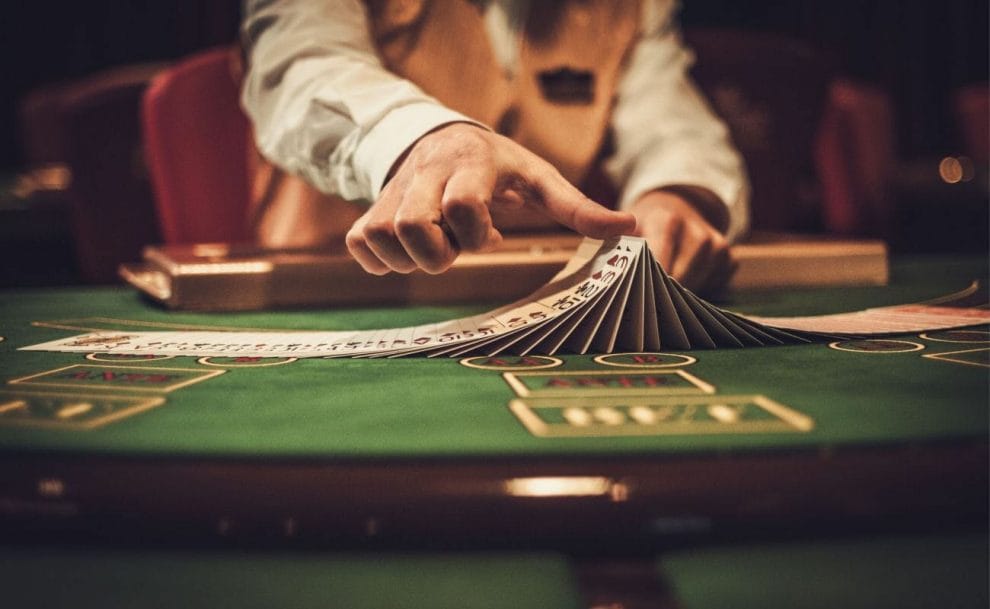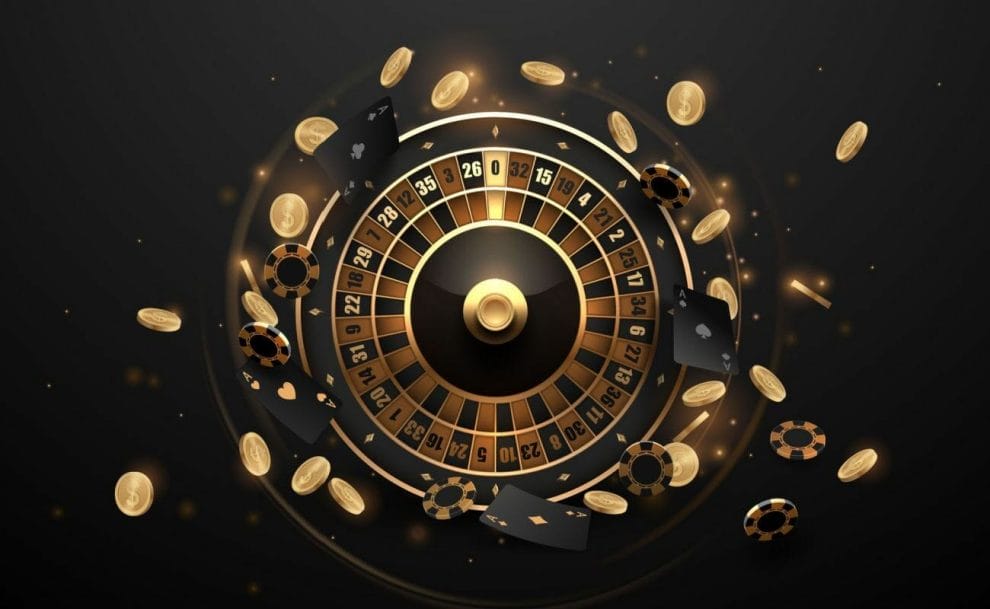
The US federal government recognizes approximately 570 North American tribes and by law, each is classified as a sovereign nation in which states are not allowed to implement their civil codes. For good and bad, gambling had become embedded in American Indian culture decades before native American casinos were given the go-ahead by the relevant officials.
Fast-forward to the present, and some of the biggest gambling establishments are now tribal casinos. This, combined with their ever-expanding presence and use of online casinos suggests an exciting, yet turbulent, future for tribally-owned casinos. We discuss the social and economic impact of Native American casinos.
A short history of Native American casinos
Even before the Indian Gaming Regulatory Act (IGRA) of 1988, tribes had begun to monetize native American gambling, which was sparked by the opening of several local bingo halls. Once the government recognized its growing popularity among Native Americans they looked to govern and control the industry, which resulted in the IGRA.
In essence, the Act led the way for tribal casinos to become internationally recognized. Suddenly they went from dingy and dark bingo halls to casinos, many of which soon became the envy of the world. Most notable among these are the Venetian Macau, which stretches over 546,000 sq. ft, and the MGM at 500,000 sq. ft. In fact, the largest gaming space in the world – the WinStar World Casino and Resort in Thackerville Oklahoma – is owned by the Chickasaw nation.
As native American casino history goes, the IGRA became a catalyst for an almost unfathomable boom in tribal casinos. Following this Act, tribal gambling grew 300x, with seven of the top 10 states’ gambling revenues now derived from native casinos. Even more significant than that, they now account for an estimated 44% of all US gambling revenue. These native casinos are spread out across the following 31 states:
Alabama, Alaska, Arizona, California, Colorado, Connecticut, Florida, Idaho, Indiana, Iowa, Kansas, Louisiana, Maine, Massachusetts (1 pending,) Michigan, Minnesota, Mississippi, Montana, Nebraska, Nevada, New Mexico, New York, North Carolina, North Dakota, Oklahoma, Oregon, South Dakota, Texas, Washington, Wisconsin, and Virginia (1 pending.)
Of the 500 tribal-owned casinos in these states, the majority are located in California, Oklahoma and Washington. Between them, they boast around 204 natively-owned casinos with their hub, Oklahoma, alone accounting for more than 100.
Who runs tribal casinos?
Although the owner of each native casino is recognized by a specific Native American tribe, it’s not uncommon for them to hand the reins over to western professional casino operators. This has paved the way for these professionally run casinos to have a far better chance of generating higher revenues – which is exactly what has happened.
In 2021, tribal gambling rose by over 40%, leading to the generation of $39 billion in revenues. By comparison, that same year all the casinos on the Las Vegas strip combined brought in $7 billion in gross gaming revenues.
The social and economic impacts of native American gambling

Are casinos good for native American communities? This topic is often discussed among members of the Native American community. And yet, the answer remains unclear because both economically and socially, a native American casino has its pros and cons.
IGRA created a blueprint for ensuring that a portion of native casino profits must be reinvested in the local community to support economic growth. This includes financing everything from infrastructure and tribal government operations to social services and financial programs as well as charitable causes and enterprises.
Research also shows a clear correlation between increasing employment rates and a decline in poverty and childhood obesity in indigenous communities that live in close proximity to Native American casinos. Statistics show that casinos boost the local employment rate by an average of 26%, resulting in a 14% drop in the number of working poor.
Another positive impact has been on reservation populations. The employment opportunities that casinos offer have allowed local populations to move back to reservations. In fact, following the introduction of IGRA, reservation populations increased by 11.5%.
However, it’s not all good news. Addiction, crime and domestic abuse increased along with the growth in the casino industry. Professor David Wolf of Washington University, a leading expert on Native American populations, discovered that communities have a problem-gambling rate of 2.3%.
It seems that wherever casinos are built, crime follows. Areas within 50 miles of a casino experience an approximate 10% increase in violent crime and car theft, as well as a notable upswing in bankruptcies.
So, what next for tribal casinos?
The next few years could see an increase in the number of natively owned casinos transitioning online. Largely a result of the COVID-19 pandemic and the growing popularity of live dealer games and online slots, more gamblers are now playing online, which is causing casino owners to scale down land-based operations.
That said, it would be wrong to assume that the number of indigenously-owned casinos will decline. Expect them to expand year-on-year and as more states open up their borders, they will almost certainly be present in every state in the years to come.
Play on Borgata

Want to play at a casino online? From poker and roulette to slots and bingo, Borgata online is regarded as one of the best online casino sites. Register today and try out our wide array of casino games.
